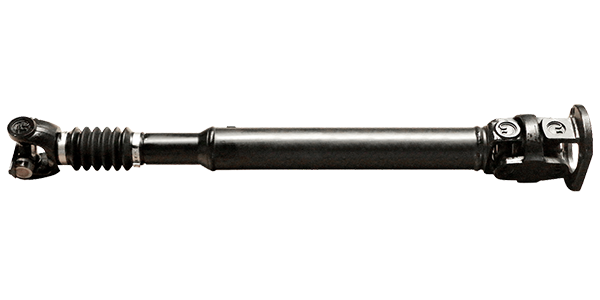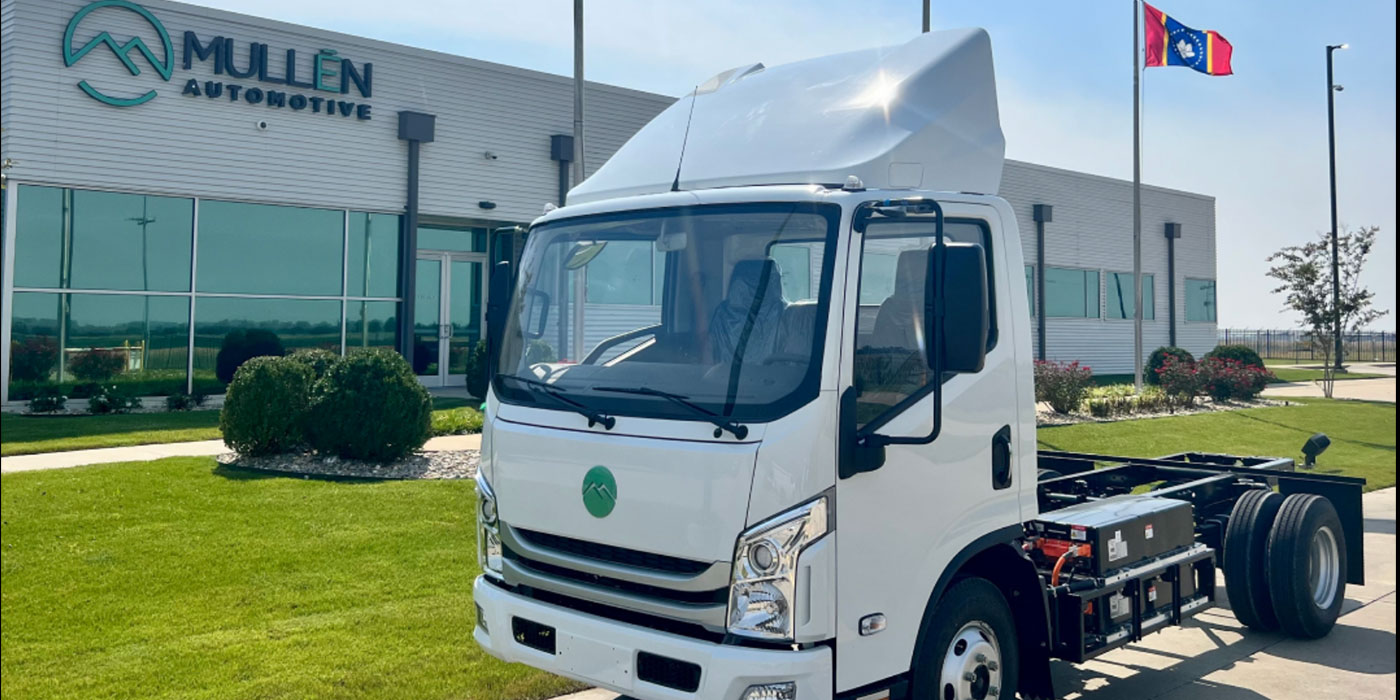By Larry Carley
Technical Editor
Shock absorbers and struts dampen the motions of the suspension to provide a smooth, comfortable and safe ride. Some OEM shocks have electronic valving that allows the driver or a body control module to adjust the dampening characteristics of the shocks or struts to changing driving conditions. Electronic dampers may use a solenoid or an electric stepper motor for this purpose. The latest technology is to use a special “rheological” magnetic fluid that changes its viscosity when a current is passed through it.
Most shocks and struts today are “gas-pressurized” with nitrogen to minimize fluid foaming when the piston is pumping back and forth. Foaming creates bubbles in the fluid, which offer less resistance to the piston. The result is “shock fade” as the damper loses its ability to provide adequate ride control.
Gas shocks and struts come in one of two basic varieties: monotube and twin tube. Monotube dampers have all the major components contained within a single large tube and typically use a very high-pressure charge. The gas charge is separated from the hydraulic fluid by means of a floating piston in the top or bottom of the tube. Monotube shocks are used primarily on performance vehicles with stiffer handling suspension.
Twin tube shocks and struts are the more common design. The gas charge is contained in the outer chamber (fluid reserve tube) and is typically lower than that of a monotube.
Because the damping characteristics of shocks deteriorate gradually over time, the decline in ride control often passes unnoticed. Consequently, many motorists are unaware how weak their original shocks and struts have become. They get used to the way their vehicles ride and handle, and may not realize they need new shocks or struts.
Although you won’t find a recommended replacement interval for shocks or struts in a vehicle owner’s manual, one leading aftermarket shock supplier says shocks and struts should be replaced every 50,000 miles — and has solid research to back up the recommendation.
ASK FOR THE SALE
Asking your customer how his vehicle has been riding lately may get him to thinking and may reveal a need for replacement or upgrading. Ask him how his vehicle handles when cornering, stopping, accelerating or driving in a cross wind. Excessive body sway or rocking is a sure sign of inadequate ride control. How does the vehicle ride over tar strips or on rough roads? A rough or bouncy ride could be improved with new shocks or struts. Does the suspension bottom out when the vehicle is heavily loaded, or does the steering wheel shudder at every railroad crossing?
A “bounce test” is still a valid means of checking the dampening ability of shocks and struts. If the suspension continues to bounce more than once after bouncing and releasing the bumper or body, it indicates weak shocks and/or struts that should be replaced.
If the original dampers are worn out or not up to the task, recommend a new set of shocks and/or struts as a way to rejuvenate or upgrade ride control performance. Replacement would certainly be necessary if a vehicle has a bent or damaged shock or strut piston rod, broken mounting hardware, or fluid leaking from a damper. Struts should be replaced if severely corroded.
REPLACEMENT TIPS
Shocks and struts are generally replaced in pairs — though this isn’t always necessary if a damaged low-mileage part is being replaced. It is necessary when upgrading a suspension because of differences in valving characteristics. The dampers on both sides of an axle should always offer the same resistance.
Upper strut bearing assemblies on front struts are often overlooked, but may also need replacing. The bearings are sealed assemblies and cannot be lubricated. If rusted, loose, worn, noisy, binding or damaged, they must be replaced. Symptoms include:
• Steering noise such as snapping, popping, creaking or groaning sounds when turning;
• Suspension noise such as clunking, rattling or popping on rough roads;
• Increased steering effort brought on by binding in the bearing plate;
• Steering snap back after turning caused by a frozen bearing assembly and spring wind up; and
• “Memory steer” in which the car doesn’t want to go straight after turning due to binding in the upper mount.
Replacing struts changes the alignment of the front wheels, so a wheel alignment is usually necessary after new front struts have been installed. Also, if brake lines have to be opened to replace a strut, the brakes must be bled after the job is finished to remove trapped air.
Additional chassis parts that may have to be replaced include springs, tie rod ends, lower ball joints, lower control arm bushings, steering rack mounts and wheel bearings.











